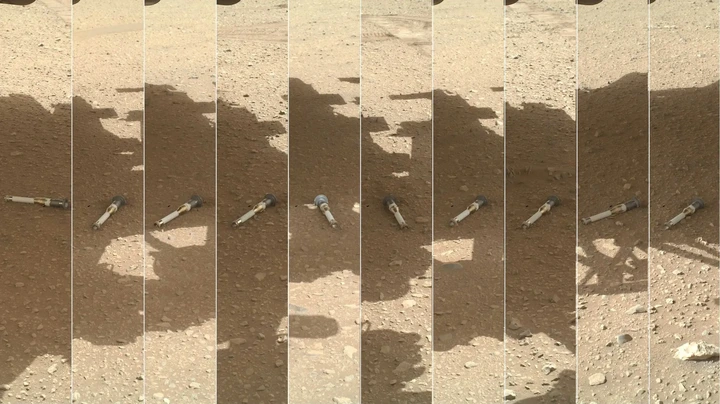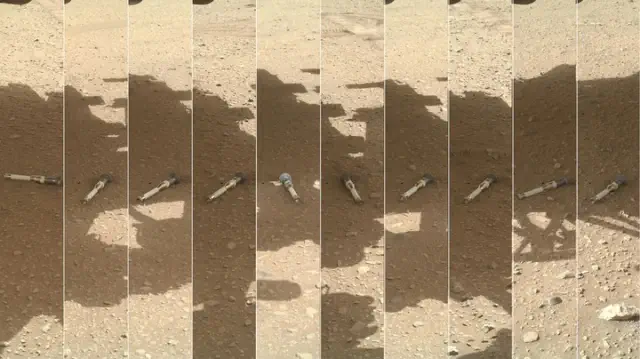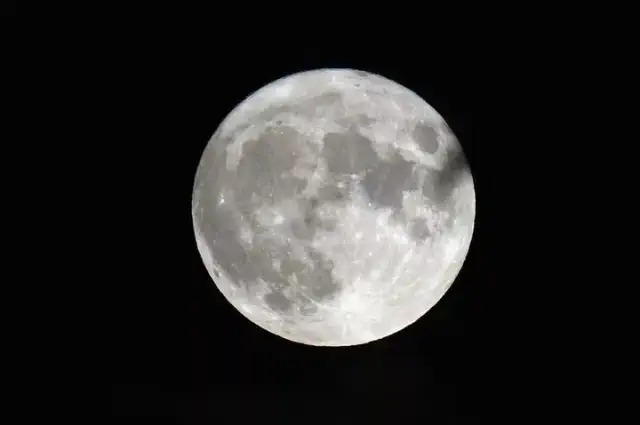NASA plans to investigate two distinct methods for retrieving Mars rock samples gathered by the Perseverance rover, with the potential that these samples may hold clues to the existence of extraterrestrial life.

View pictures in App save up to 80% data.
NASA has announced two potential plans for retrieving rocks from Mars that may contain evidence of alien life.
Since its launch in 2021, NASA's Perseverance rover has been actively gathering rocks and sediments from a historic lakebed on Mars. Nevertheless, NASA is currently faced with the challenge of figuring out how to return these samples to Earth for further examination.
The original Mars Sample Return Program called for collecting the Perseverance samples by 2033, but delays and spiraling costs forced NASA back to the drawing board last year. NASA will now explore two new landing strategies for retrieving the rock samples before deciding on which one to pursue in 2026, according to a statement released on Tuesday (Jan. 7).
"Pursuing two potential paths forward will ensure that NASA is able to bring these samples back from Mars with significant cost and schedule saving compared to the previous plan," Bill Nelson, NASA administrator, said in the statement. "These samples have the potential to change the way we understand Mars, our universe, and – ultimately – ourselves."
The search for extraterrestrial life on Mars
There's no guarantee that life ever existed on Mars, but if it did, then it's possible the Perseverance rover may already have found signs of it in the Jezero crater lakebed. Scientists won't know for sure what's in the samples until they get them back to Earth and study them in a lab.
NASA's Mars Sample Return Program was initially supposed to cost $7 billion, but when the mission's estimated price tag climbed to $11 billion — an upper-end estimate calculated by an independent review board — and was set to be delayed until 2040, the agency announced a major program overhaul, Live Science's sister site Space.com reported.
In September 2024, NASA approved 11 sample return proposals submitted by researchers and private firms to enhance the program. As part of this recent announcement, NASA will investigate and assess two of these proposals.
Two routes ahead
The first option relies on a tried and tested landing system design involving a rocket-powered sky crane, which uses cables to lower down the lander. NASA used this method to land the Perseverance rover on Mars in the first place, and it's estimated to cost between $6.6 billion and $7.7 billion. The second option relies on new commercial capabilities from private industry and is estimated to cost between $5.8 billion and $7.1 billion. NASA didn't discuss the commercial option in detail because of concerns about proprietary technologies and designs, Space.com reported.
Regardless of which method NASA chooses, the landing system will use a smaller, modified version of the Mars Ascent Vehicle to carry the rock samples into orbit. The European Space Agency’s Earth Return Orbiter — a planned spacecraft that will launch no sooner than 2027 — will then collect and transport the samples back to Earth.
"Mars Sample Return will allow scientists to understand the planet's geological history and the evolution of climate on this barren planet where life may have existed in the past and shed light on the early solar system before life began here on Earth," Nicola Fox, associate administrator for the NASA Science Mission Directorate, said in the statement. "This will also prepare us to safely send the first human explorers to Mars."










